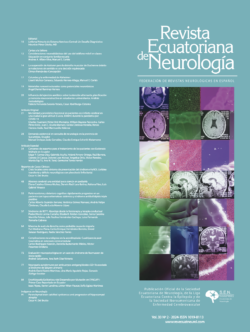A descriptive exploratory study, before and after a six-month english learning course for seniors is conducted to evaluate the cognitive effect of learning another language in this age group in the city of Cuenca.
Materials and Methods: 80 adults of average age 70.48 ± 4.9 years (31 men, 19 women) were included; who underwent neurological and neuropsychological evaluation at baseline, six and twelve months after the course; including tests for executive function (working memory and attention processes).
Results: Data show significant statistical association between impaired olfactory perception related to age. Neuropsychological tests show interesting data relating cognitive maintenance and even improvement in the Performance Testing Direct and inverse series (Wais III) and Symbol Digital Modality Test (SMDT) six and twelve months after initiating a learning course of English.
Conclusion: The study suggests that learning English, even without functional objective of a new language, may have protective effect on the executive functions and neuronal brain networks are claimed the first findings in patients with cognitive impairment. We suggest perform this follow up long term in time to find strongest evidence, related to international bibliography.





